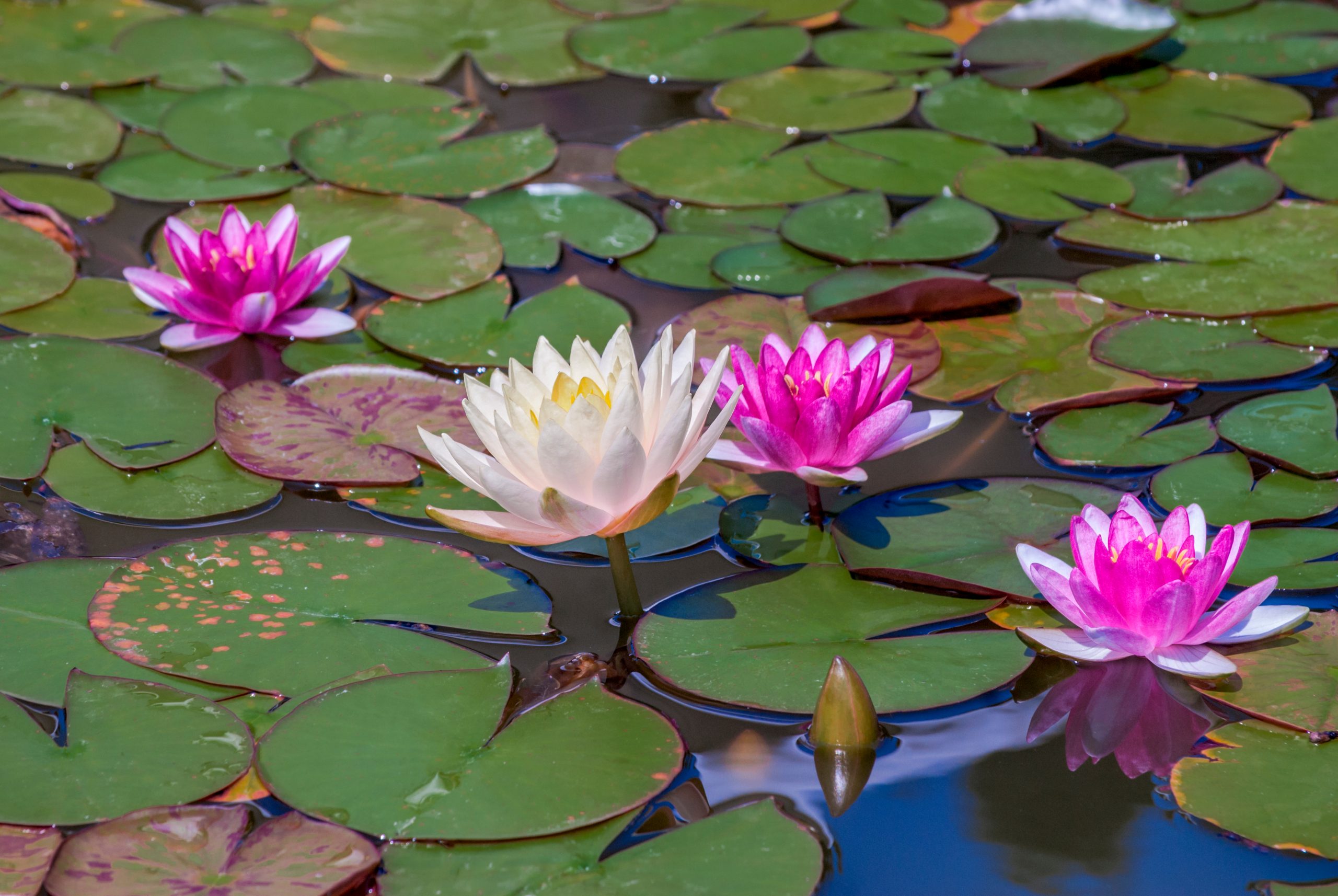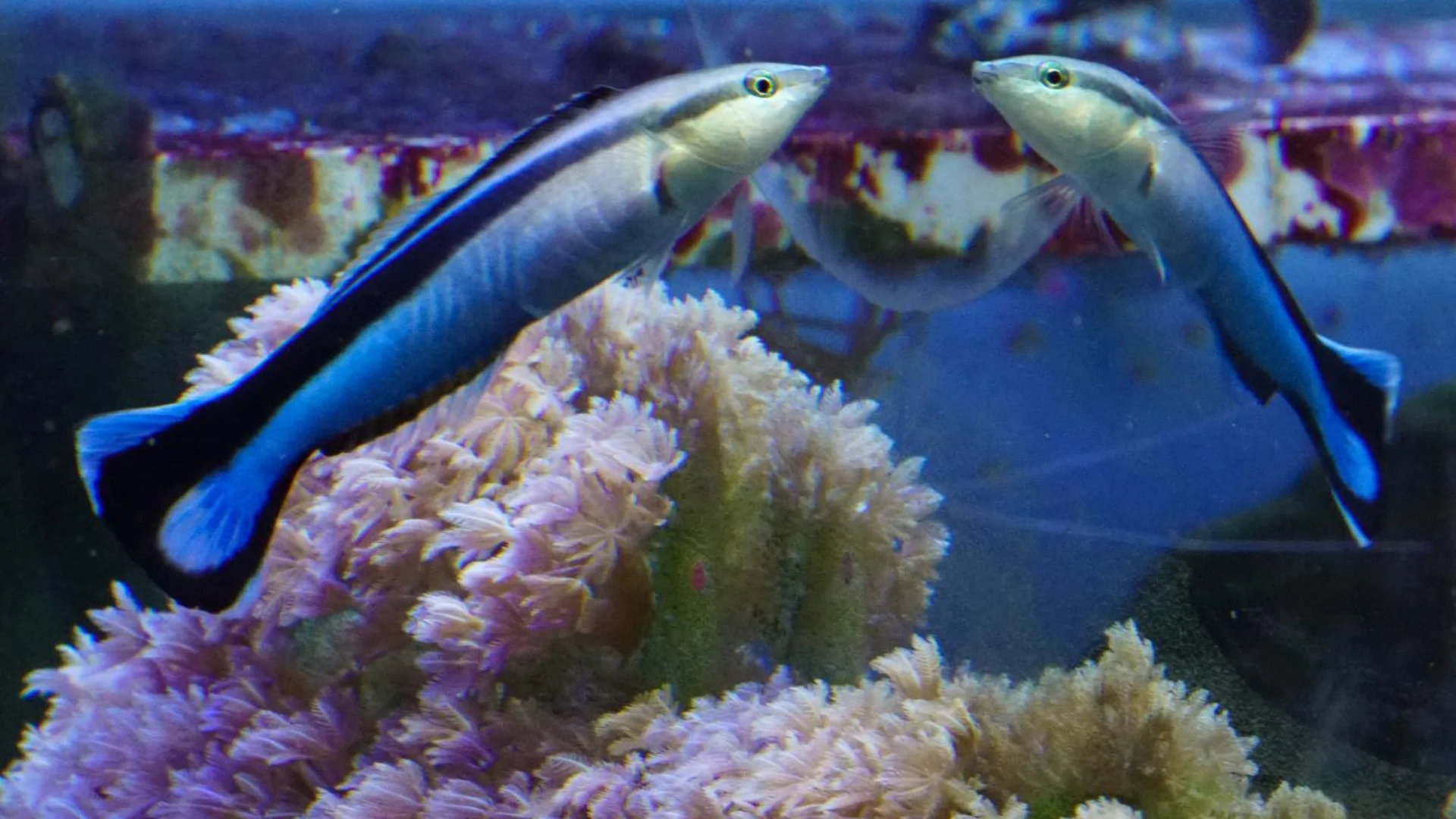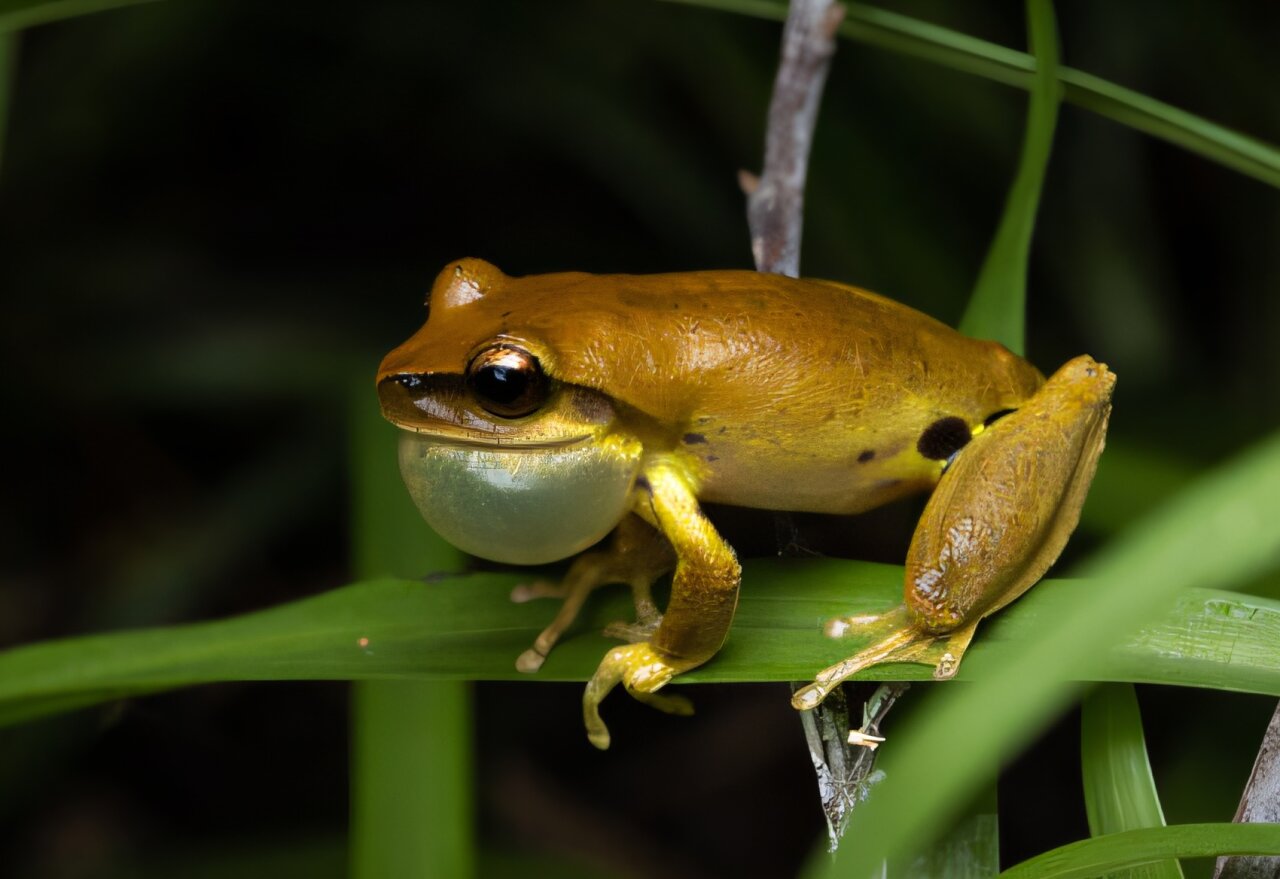innovuscollege.com -Water lilies are among the most enchanting aquatic plants, known for their stunning flowers and broad, floating leaves. These beautiful plants have adapted remarkably to life in water, showcasing unique features that allow them to thrive in their aquatic habitats. In this article, we’ll explore the fascinating adaptations of water lilies and the ecological importance they hold.
Anatomy and Adaptations
1. Floating Leaves
One of the most striking features of water lilies is their large, flat leaves that float on the water’s surface. These leaves are supported by long, flexible petioles (stems) that extend down to the muddy bottom of the water body.
- Adaptation: The broad, flat shape of the leaves maximizes surface area, allowing the plant to capture sunlight for photosynthesis efficiently.
- Benefit: By floating, water lilies can access sunlight without being submerged, which is crucial for their energy production.
2. Waxy Coating
Water lily leaves have a waxy, waterproof coating that prevents water from saturating the leaf tissue.
- Adaptation: This waxy surface helps repel water and minimize the risk of fungal infections and algae growth.
- Benefit: The coating ensures that the leaves remain buoyant and healthy, enabling them to perform photosynthesis effectively.
3. Submerged Roots
The roots of water lilies anchor them in the muddy substrate at the bottom of ponds, lakes, or slow-moving rivers.
- Adaptation: These roots absorb nutrients from the soil and help stabilize the plant in shifting sediments.
- Benefit: By anchoring themselves, water lilies can withstand currents and waves while accessing essential nutrients from the muddy bottom.
4. Seasonal Dormancy
Water lilies undergo a dormant period during colder months when water bodies may freeze.
- Adaptation: They store energy in their rhizomes (horizontal underground stems) to survive adverse conditions.
- Benefit: This dormancy allows water lilies to conserve energy and resources, enabling them to regrow and bloom again when temperatures rise and conditions become favorable.
Ecological Importance
Water lilies play a vital role in their ecosystems:
- Habitat Creation: Their floating leaves provide shelter and breeding grounds for various aquatic animals, including fish and amphibians. Insects, birds, and mammals also rely on these plants for food and shelter.
- Water Quality Improvement: Water lilies help improve water quality by absorbing excess nutrients and pollutants, which can lead to better overall ecosystem health. Their presence can reduce algae blooms, improving the clarity of water bodies.
- Oxygen Production: Through photosynthesis, water lilies release oxygen into the water, supporting aquatic life and contributing to the overall health of the ecosystem.
Conclusion
Water lilies are more than just beautiful plants; they are a testament to nature’s ingenuity. Their unique adaptations allow them to thrive in aquatic environments, creating habitats, improving water quality, and supporting biodiversity. As we continue to explore and understand these fascinating plants, it becomes clear that preserving their habitats is essential for maintaining the health of our aquatic ecosystems.





